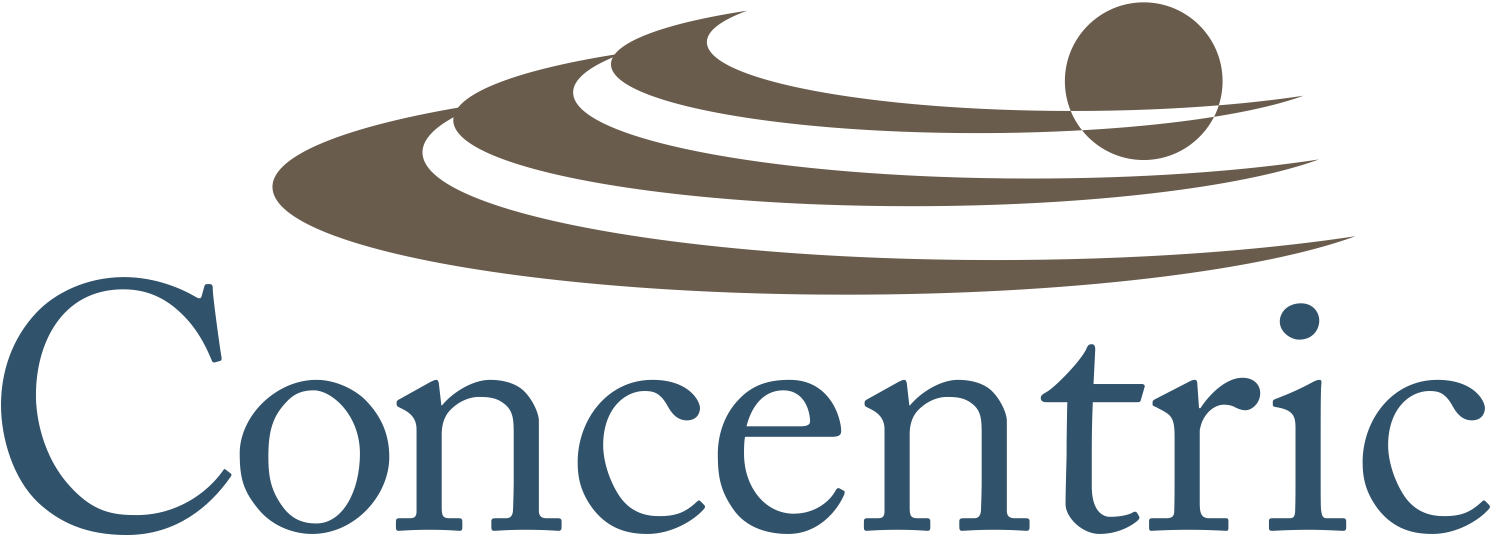Lean Documentation

I was asked an interesting question this week from a colleague. "Should I start over from scratch or fix my current mess of documents?" This seems to be a theme lately that many of us are seeing. I'd like to think of it as a very good question and a sign of good things to come. When businesses start asking questions like this, my hopes are that they are no longer fighting to stay alive, but now in a mode to fight. I'm hoping this by asking this question, a key player in an organization is taking his or her initial steps towards a lean document system that allows for quick reference to key documents, rather than system that is comparable to a needle in a haystack. Now on to the answer I gave... At the most fundamental level, you need to start with standard requirements and/or the intial intent of documents. What is the purpose? What do you want to get out of these organized bits of words and wisdom?
Unless there is a special business requirement from a Customer, organizations need to keep in mind that every document created comes at a cost.
I see organizations on a regular basis with hundreds or thousands of different documents claiming to be of value. Past experience with a "say what you do, do what you say and document it" approach sometimes makes one blind to the original intent. As an example, ISO 9001 only requires 6 documented procedures. Unless there is a special business requirement from your Customer, organizations need to keep in mind that every document created comes at a cost. The cost can add up quickly in two ways - cost of maintenance and cost of distracting from (or "watering down of") more important documents.
Start at the highest level possible and create a blank slate for storing the Top 20 procedures (or whatever number makes sense that is less than 20). The "blank slate" could be a fancy database or literally a BLANK SLATE. From there, clear ownership needs to be assigned for each document, ideally adopted and maintained by each actual process owner within the organization. Secondary procedures, instructions, forms, etc. can be referenced from there. We strongly recommend that each document, at all levels, have a parent procedure that is tied back to a specific requirement or business need. (The preference is a link back to the business need such as a business plan line item or corporate guidance manual.)
Like any 5S exercise, the orphan documents without a home or business need should be sorted out and archived so the valuable documents have the best chance to be used as the valuable business tools that they are.
